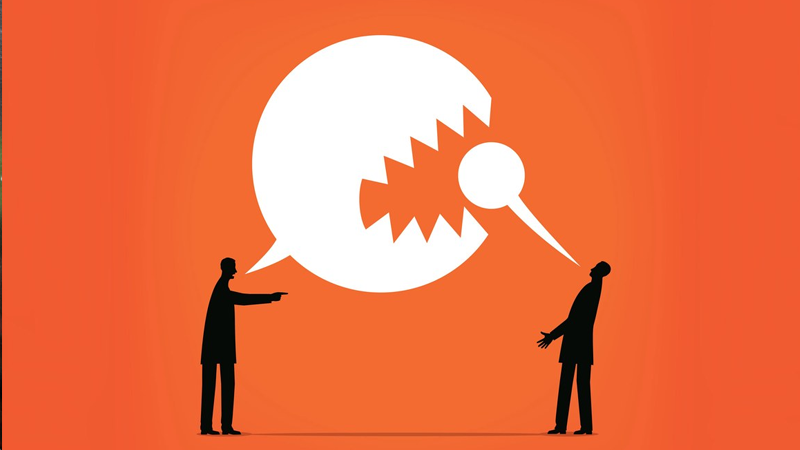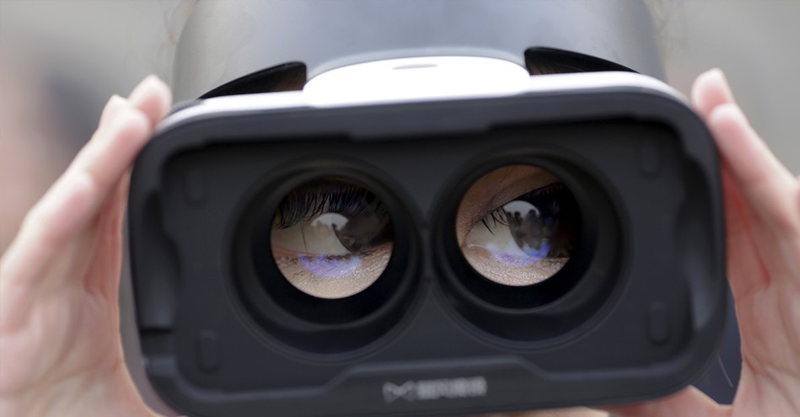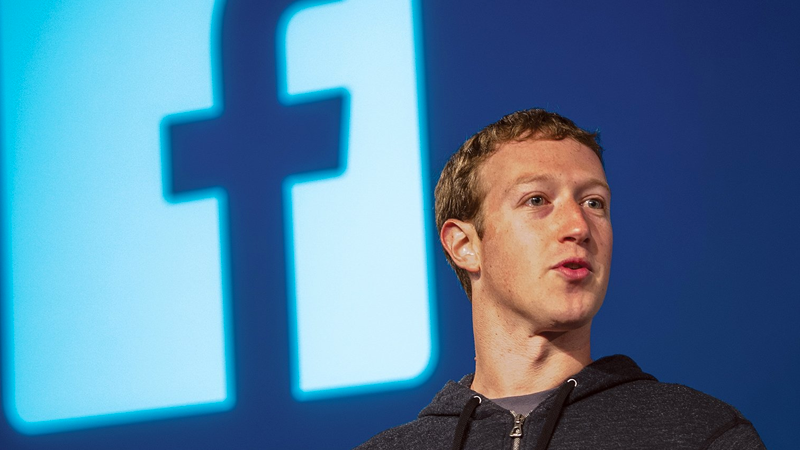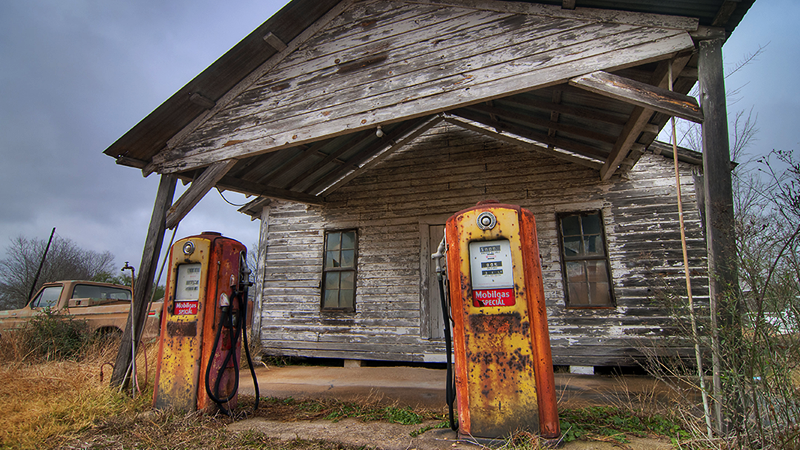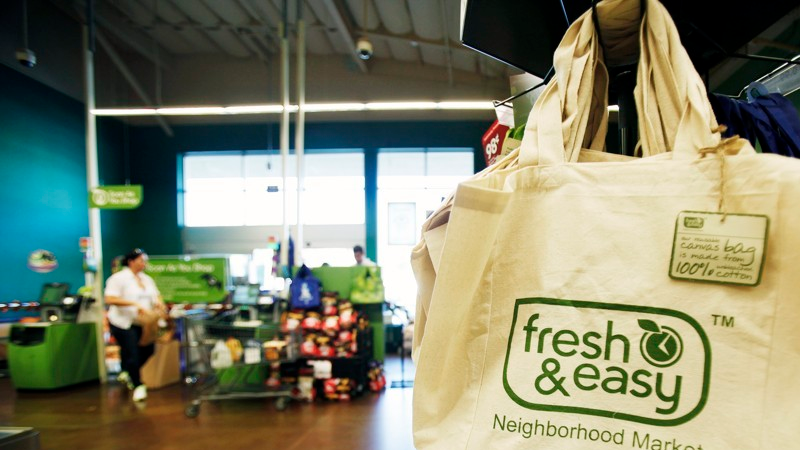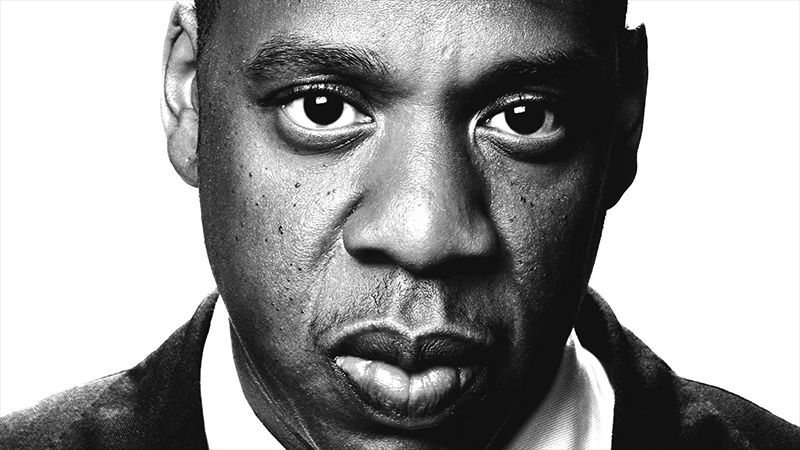Media have endured hardships for a while now. The rise of web publishing and free content started undermining once beloved magazines and newspapers decades ago now. And those left standing are forced to experiment with new business models and sustain the whims of the social media platforms that now hold news organizations’ fate in their hands.
But this last year in American media has been rougher than most. The election inspired more than the usual amount of tribalism online, and citizens’ trust in traditional media fell to an all-time low; just 32 percent told Gallup they have a great deal or fair amount of trust in the media. This lack of trust formed the perfect petri dish in which a plague of misinformation could fester and bloom.
Along came the fake news stories and hyper-partisan websites that were more than happy to publish unrecognizable hyperbole and all-out lies. The stories didn’t have to be true—the public had already lost faith in the fact-checkers—they just had to confirm a certain subset of people’s existing beliefs. And if they did, people would share them. The more people shared them, the more Facebook would reward their publishers by prioritizing them in users’ news feeds. By August, one Buzzfeed analysis showed, fake news was increasingly outperforming the top stories at the 19 major news outlets.
It’s little wonder then, that in this brave new world, a candidate like Donald Trump could become president. While mainstream media outlets, fact-checking organizations, and Hillary Clinton’s team worked diligently to correct his frequent fibs, Trump’s supporters were being treated to a completely different narrative about the man—and the woman he was running against—in their social media feeds.
But it wasn’t just these new media platforms—and yes, Facebook is one—that faced an existential crisis. It was happening on television, too. From the moment Trump took that fated escalator ride down to the lobby of Trump Tower to announce his bid for the presidency in July 2015, cable news networks like CNN and MSNBC kept their cameras locked on Trump. By September, he had received 10 times as many mentions on major television networks as Dr. Ben Carson, his nearest rival for time on-air. By the end of the race, Trump had been mentioned on television 1.26 million times, twice as many times as Hillary Clinton.
As CBS chairman Les Moonves said at the time (and presumably came to regret), Trump’s overexposure “may not be good for America, but it’s damn good for CBS.”
A Grueling Year
Once it was clear Trump had become a serious contender for the White House, these same networks tried in vain to fact-check him in the moment, with many a viral chyron at the bottom of the screen. “Trump: I Never Said Japan Should Have Nukes (He Did).” read one. “Trump’s Son: Father Apologized to Khans (He Hasn’t).” A valiant effort, but for those who hadn’t already changed the channel, it seems like further confirmation that the media, as Trump often alleged, had it out for him.
The feeling of futility didn’t end there. As media distrust festered, the man who would become president-elect was building a media outlet of his own. On Twitter, he issued major announcements—and major disses—turning his feed into both a competitor and a source for other reporters. On Facebook, he expanded his following with an aggressive digital advertising campaign that helped win him the White House. Who needed a web full of think pieces when voters could get frequent and fervent updates on Trump direct from the source?
Which brings us to December. Trump is still tweeting and working hard to further undermine trust in the press. The press is simultaneously trying to decide when a tweet from the soon-to-be president constitutes breaking news and when it should be written off as a rant. Mark Zuckerberg, meanwhile, is finally coming around to the idea that maybe, just maybe, Facebook has more influence on people’s political beliefs than he initially believed. Recently, he announced hoax news sites will no longer be able to advertise on Facebook and that the company is rolling outverification, reporting, and detection tools to make it easier to spot false stories.
It’s a start, but after a truly grueling year for the media industry, the hardest part is yet to come. If 2016 was about dismantling institutions of every shape and size, 2017 will have to be about picking up the pieces and figuring out where to put them now.

